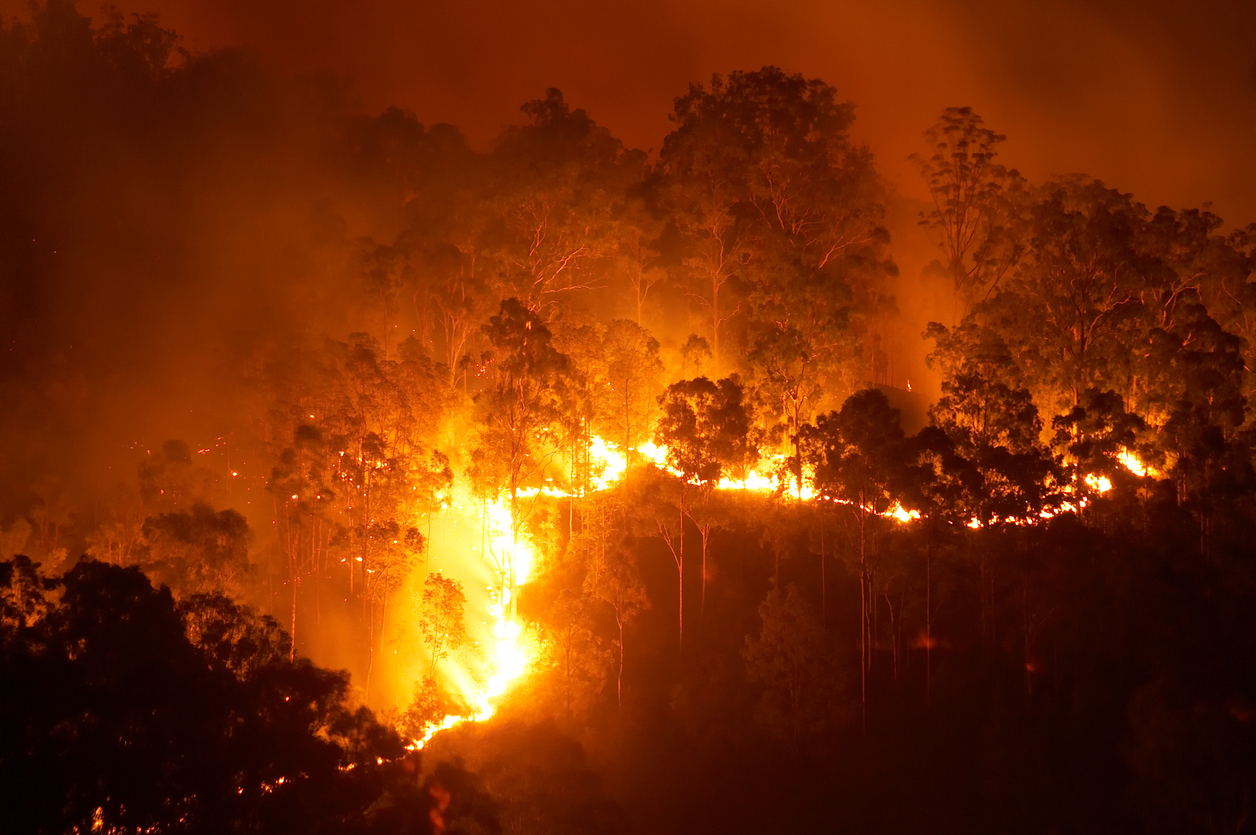Following the deadly wildfires on the Hawaiian island of Maui, insurance carriers will face myriad challenges including supply chain complexities and demand surge for fire-resistant materials, according to industry observers.
The fires, which first ignited Aug. 8, burned nearly 2,200 acres and destroyed 2,200 structures in the community of Lahaina. The death toll reached 115 as of Tuesday, according to media reports, with many still missing.
Estimates from modeling firms put likely insured losses into the billions of dollars. Moody’s RMS estimated total economic losses between $4 billion and $6 billion and expected approximately 75% of damages will be covered by insurance. For its part, Karen Clark & Company estimated $3.2 billion in insured property losses.
“Post-event loss amplification is expected to be high in this event due to the island effect on supply chains, high construction labor costs in general, inflationary impacts during the expected long recovery time, and potential ordinance and law requirements,” Rajkiran Vojjala, Moody’s RMS vice president of modeling, said in a statement.
The modeling firms said a combination of drought conditions, low humidity, and strong wind gusts produces dangerous wildfire conditions that led to multiple wildfires in Hawaii.
“The large carriers with geographic spread across the continental United States will likely have the capital and reinsurance coverage to absorb losses due to the disaster,” noted rating agency AM Best. “There is greater concern for the smaller, more concentrated carriers that underwrite more of their policies in Hawaii.”
Three companies have more than one-tenth of their direct premiums written concentrated in impacted lines of business in Hawaii, which include homeowners, fire, commercial multi-peril, and auto physical damage lines. They include Island Insurance Group (31% of premiums), DB Insurance (21.4%), and Hyundai Marine & Fire (10.7%).
Despite the relatively few insurers with large exposure in Hawaii, “the capital plans, reinsurance, and enterprise risk management programs of the smaller carriers will likely be severely impacted.”
A group of Lahaina residents filed a lawsuit against Hawaiian Electric Industries following the wildfire, arguing the utility company was “a substantial factor” in the disaster. Drawing comparisons to Pacific Gas & Electric’s role in the 2018 California wildfires, Best said “there may be subrogation opportunities for carriers” for wildfire damages in Hawaii if investigators find that power lines were the cause and that the utility should have taken more effective risk-mitigation measures prior to the outbreak.
Best estimated the U.S. insurance industry has about $1.1 billion in bond and stock exposure to Hawaiian Electric, with life/annuity insurers accounting for the vast majority (95%) of the exposure.













